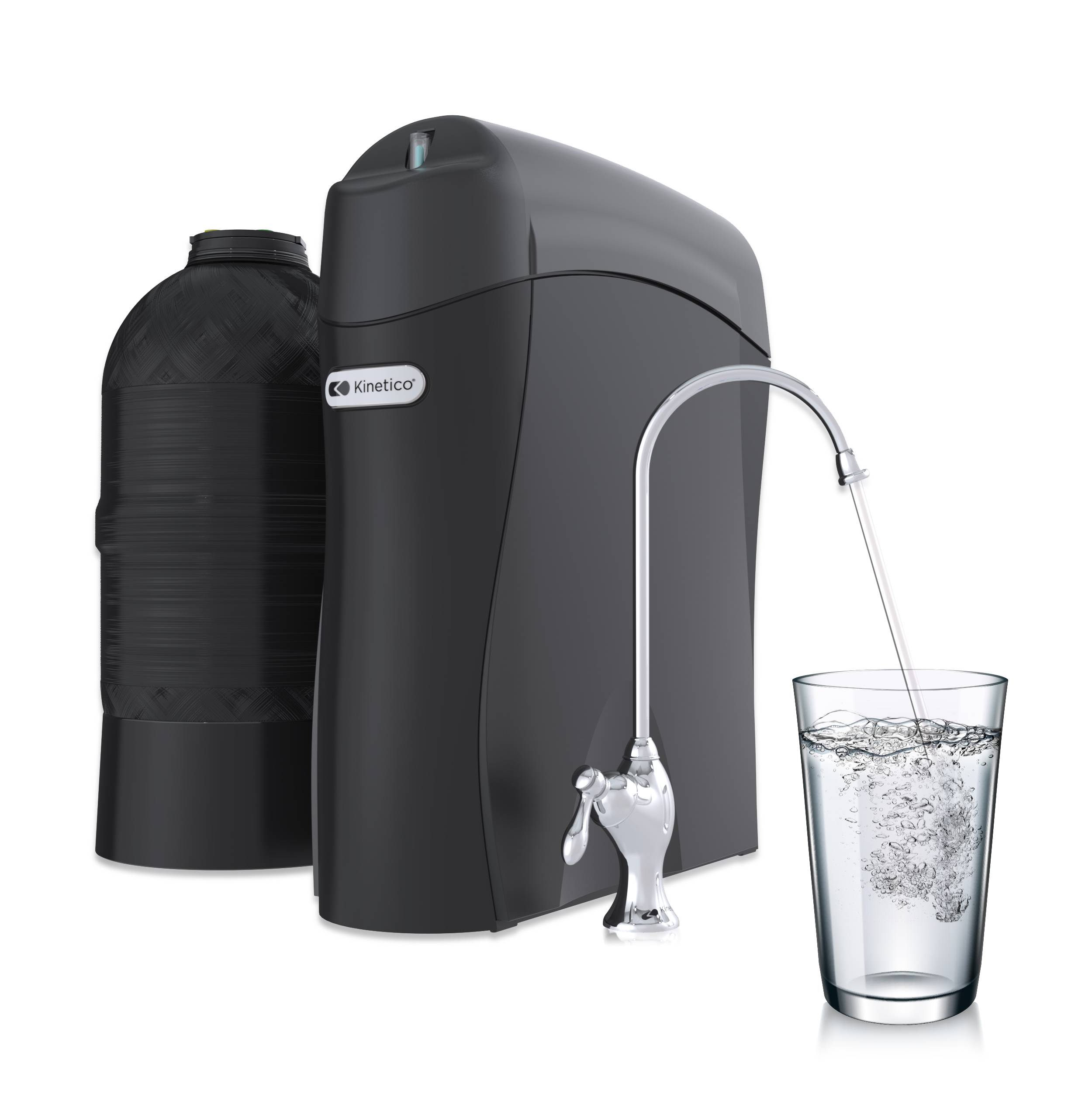There is much coverage in all the media lately regarding lead in the water in Flint, Michigan and now in Sebring, Ohio. We can also remember the same issue in Washington DC about 12 years ago. According to the Mayo Clinic’s website Lead poisoning is a serious subject and one where elevated lead levels in children and pregnant women can cause learning disabilities and other health problems. The symptoms of lead poisoning in children are varied and may seem similar to other common juvenile ailments, such as irritability, loss of appetite, abdominal pain, and hearing loss, just to name a few.
It is also fully understood that lead in the water supply is only one of many causes of elevated lead levels. Others being lead paint, lead in soil, lead in toys, pottery etc.
In almost all cases, lead in a water supply comes from exposure to lead in the plumbing, either in lead used to solder copper pipe together or from actual lead pipes, once commonly used as the feed lines to homes in older city water systems. Naturally aggressive waters can dissolve the lead in contact with the water and add it to the water. Even at elevated levels the lead is odorless, tasteless, and adds no color to the water. The chemistry of lead in water is complex and lead can be found in many forms in water, both soluble and particulate.
In June of 1991, the EPA published the Lead and Copper Rule which set new lower limits for lead (15 parts per billion) and set new sampling guidelines with a regulated number of actual “in home” samples now being part of the requirements based on the number of people the water system serves. This rule also offered treatment techniques such as corrosion control as a means of controlling the possible lead content in those regions where the risks existed. It is the results of these types of tests and the state and local government’s reaction to them that has fueled much of the controversy in both Flint and Sebring.
As with many water contaminant issues, the lead problem is one where the use of a “Final Barrier” Point of Use (POU) drinking water system may make a lot of sense. First, the US Centers for Disease Control and Prevention (CDC) confirms that drinking lead contaminated water leads to the elevated lead levels in the bloodstream. Bathing in lead contaminated water is not a source, as lead is not absorbed by the skin. Therefore a POU device treating only the drinking water is an acceptable option. Second, if there is lead present in your water, why not remove as much of it as you can? If I am advised not to use tap water that has 16 parts per billion (ppb) of lead in it (over the EPA limit), should I be comfortable using water with 13 ppb? Especially if I am making formula for an infant.
If you agree that taking on this responsibility for the quality of your (and your family’s) water seems prudent and logical, then the Final Barrier product you choose should be certified by an ANSI approved laboratory to meet ANSI/NSF standards covering the removal of the contaminant(s) in question. (Std 53 for filters and Std 58 for reverse osmosis (RO) systems). The technologies that will work effectively for lead reduction are RO, adsorptive media filters, distillation, and ion exchange. Keeping in mind the complexity of the chemistry, a best choice for a treatment product might be one that can handle both the particulate and dissolved forms, like a RO membrane. Kinetico’s certified products for lead reduction include the K-5 Drinking Water Station, the a 200 Drinking Water System, the MACguard Model 7500 Drinking Water Filter, and the Kube model Kube 14 Advanced Water Filtration System. To learn more about these products and where to find them visit our website www.kinetico.com. Further information about lead in drinking water can be found at the Water Quality Association’s website.


